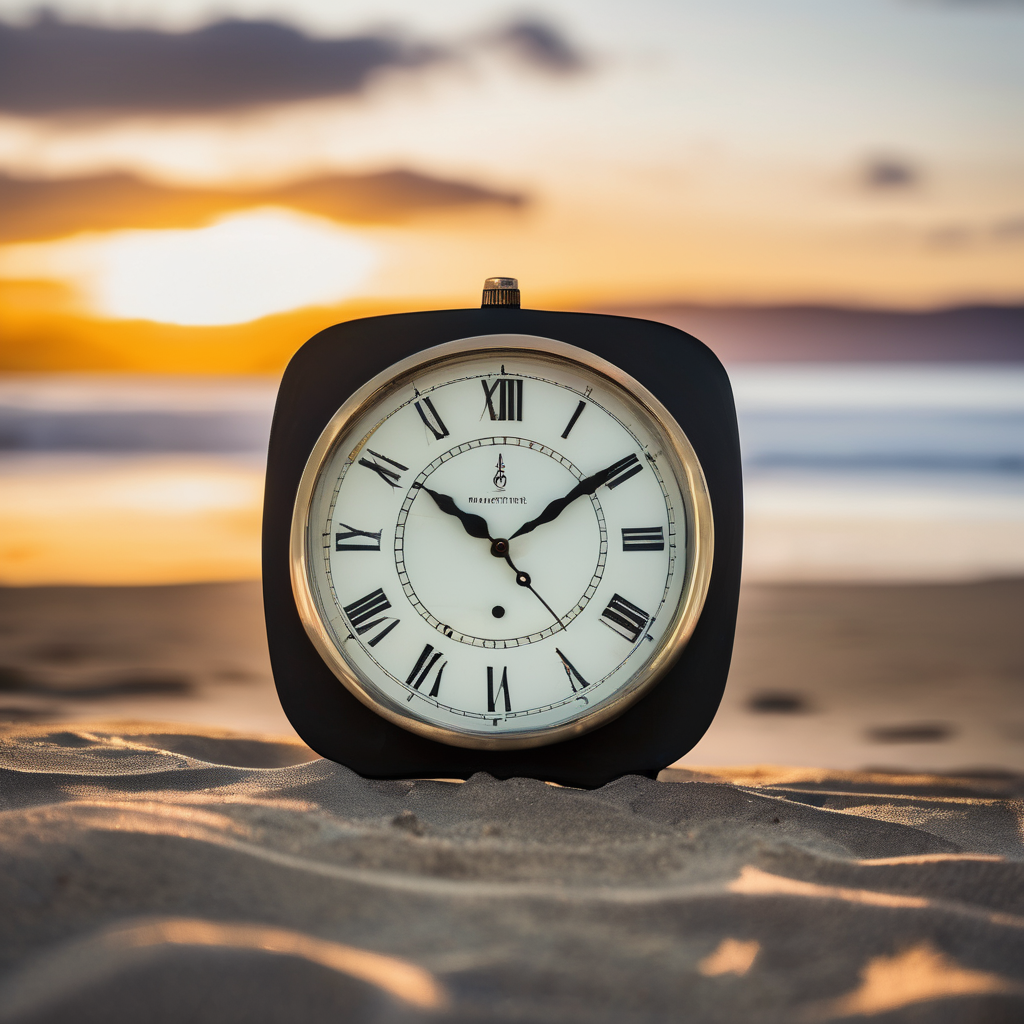As we prepare for darker and gloomier late afternoons, it’s important to note that the end of daylight saving time (DST) is fast approaching. This year, clocks will be set back one hour on November 2, 2025, at 2 a.m., reverting to 1 a.m. Many countries, including most of the United States, continue to observe this practice in an effort to maximize daylight hours seasonally, although there is ongoing debate about its effectiveness.
In a recent statement, former President Donald Trump emphasized the need for more daylight at the end of the day by advocating for making DST permanent. This request to Congress was made via a post on Truth Social, where he argued against the biannual clock changing, labeling it as inconvenient and costly for the government. This sentiment follows previous discussions in December 2024, where he expressed support for ending DST altogether in favor of permanent standard time.
Supporters of permanent DST argue that it promotes outdoor activities in the evening with longer daylight hours, while opponents advocate for standard time, stating it aligns better with our natural circadian rhythms and enhances safety for children commuting in the mornings. The discussion has attracted attention through various proposals, including the Sunshine Protection Act, which seeks to establish permanent DST nationwide. Although the Senate approved the act in 2022, it has yet to pass in the House.
Daylight saving time remains in effect for approximately eight months each year, beginning on the second Sunday of March and concluding on the first Sunday of November. For those adjusting to the end of DST, it’s essential to remember that this transition grants an extra hour of rest or leisure in the fall, while the spring shift results in the loss of an hour’s sleep.
As we approach the winter solstice on December 21, 2025, which will feature the shortest day of the year with about 9 hours and 17 minutes of daylight, residents can prepare for shorter daylight hours. While most states, including Pennsylvania, observe DST, states like Hawaii and parts of Arizona, as well as several U.S. territories, remain exempt.
As the debate around daylight saving time continues, it serves as a reminder of how timekeeping practices can influence our daily lives. Whether people favor a permanent change or prefer sticking to traditional time adjustments, the ongoing discussions highlight the broader implications of time management in modern society.
